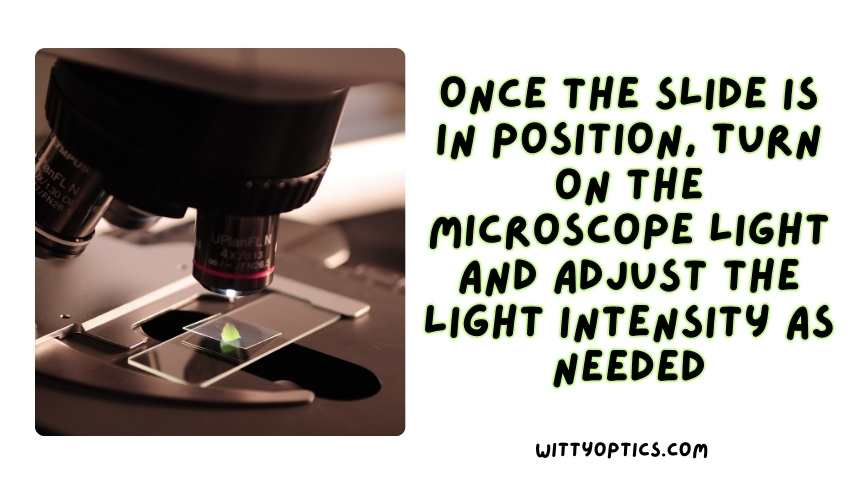How Can You Adjust the Brightness on a Microscope?
You can adjust the brightness on a microscope by manipulating the light intensity dial or knob, adjusting the diaphragm, and positioning the condenser lens. These controls regulate the amount of light reaching the specimen for optimal viewing. Factors Influencing Microscope Brightness Adjustment Control Impact on Brightness Recommended Use Light Intensity Dial Directly increases or decreases […]
How Can You Adjust the Brightness on a Microscope? Read More »






